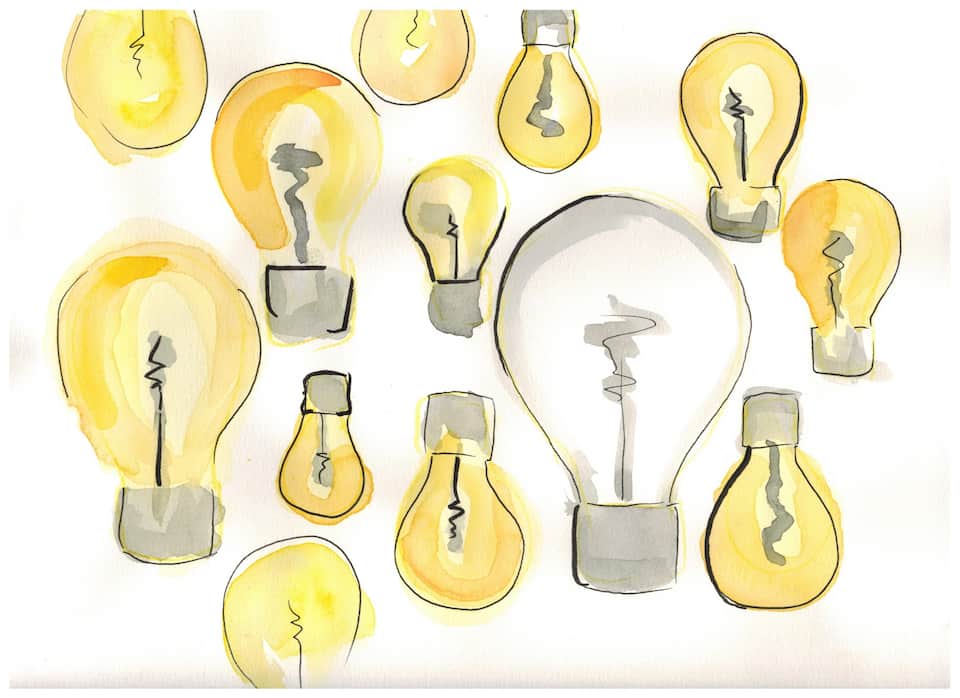Earth Hour, celebrated on March 19, is an annual event that was first started nine years ago in Sydney, Australia by the World Wide Fund for Nature (WWF). It has since spread to cities all over the world and takes place every year in late March.
Its purpose is to encourage people to turn off their lights for one hour, between 8:30pm and 9:30pm, in an effort to raise awareness about climate change. The lights have also been turned off on famous monuments all over the world, such as Times Square in New York, the Great Pyramids of Giza, and the CN Tower.
Questions have been raised about the effectiveness of the campaign. Bjørn Lomborg, a Danish environmentalist who is also the author of The Skeptical Environmentalist, has been one of Earth Hour’s fiercest critics. In an op-ed that Lomborg wrote for Slate, he called the campaign out for being “a colossal waste of time.”
Lomborg argues that Earth Hour disregards how reliant our society has become on electricity and points to how electricity has improved people’s lives when it comes to food preservation, heating homes, and agriculture — things that many of the world’s poor cannot enjoy.
The organizers, however, say that Earth Hour actually “embraces technology.”
“Technology is key to a sustainable future that is aspirational,” reads a part of Earth Hour’s FAQ. “From LED lights, to hybrid vehicles, to developing replacements for unsustainable use of resources — Earth Hour has thrived off the back of the development in digital technology.”
The event has been criticized by those who argue that the campaign is nothing more than a feel-good slacktivist campaign that has little to no impact on protecting the environment.
The organizers of Earth Hour acknowledge that the campaign is symbolic, and they encourage a “commitment to change beyond the hour.” In addition, they say that the focus of the event is not about saving energy during the hour since the amount of energy saved is not recorded.
The energy saved during Earth Hour in Ontario is minimal at best. In 2012, 56.4 per cent of Ontario’s electricity came from nuclear power, which considered a low-carbon form of power generation. Another 22.3 per cent came from hydroelectricity, and natural gas provided 14.6 per cent of the province’s energy output. Since Ontario phased out the use of coal in 2014, natural gas is the only fossil fuel that the province uses as a source of energy.
The attention, however, still seems to be fixated on the actual hour. Toronto Hydro sets a target of 10 per cent reduction in electricity usage during Earth Hour. The media often focuses on the images of monuments across the world which are shrouded in darkness over the hour. They highlight Toronto Hydro’s report on how much energy was saved during the course of the event.
Participation in Earth Hour seems to be declining. According to Toronto Hydro, Earth Hour 2009 saw a 15 per cent reduction in electricity usage. In 2015, there was only a 3.5 per cent drop. In addition, British Columbia only saw a reduction of 0.2 per cent, while Nova Scotia saw a reduction of 0.3 per cent.
Earth Hour has the potential to be used as a stepping stone for real progress when it comes to climate change but simply raising awareness can only go so far. Interest in Earth Hour is waning and the organizers also need to go “beyond the hour,” in order to reinvigorate the campaign.


